Serious posts are hard to write, aren’t they. This article has been sitting in my drafting pile for a couple of months, and has been sitting around taking up space in my head for most of the past year. It’s about an important topic, though, one that is close to me and one that I think it’s important to discuss. This post is about diversity and inclusion initiatives, in the workplace in general, and specifically in the sort of workplaces I’ve experienced myself, so it will tend to concentrate on offices in general and tech jobs in particular. If you work in a warehouse or factory, your challenges are different and I suspect in many ways a lot harder to deal with, but it is not something I am myself in a position to speak on.
It’s fair to say, to start off with, firstly that my career has progressed a lot since I first started this website; and also that attitudes to diversity and inclusion have changed a lot over that time too. I’ve gone from working in businesses where you would have been laughed at for suggesting it at all mattered or should even be considered, to businesses that care deeply about diversity and inclusion because they see that it is important to them for a number of reasons. What I still see a lot, though, are businesses that start with the thought diversity is important, so how do we improve it, and I think that, frankly, they have things entirely the wrong way round. If instead they begin from a starting point of inclusivity is important, so how do we improve it diversity will naturally follow. If you try to make your workplace an inclusive workplace from top to bottom, in across-the-board ways, then you will create a safe place for your colleagues to work in. If your colleagues feel psychologically safe when they are at work, they’ll be more productive, you’ll have better staff retention rates, and people will actively want to work for you.
The Plain People Of The Internet: But I’ve always felt happy at my desk, chair reclined, just being me, anyway. It’s not something we have trouble with!
But this is where the inclusivity part really comes in to it. There are always going to be some people who feel at home wherever they are. They’re usually the people who are happy in their own identity, which is very nice for them. They’re also the people who expect everyone else to go along with what they want, which is less nice. The people who say “well I have to put up with things in my life, so I don’t see why we should make life easier for everyone else,” and “they’re just trying to be different because they want the attention.” These are the people who are going to have to have their views challenged, in order to make the office round them a truly inclusive place for everybody. At the same time, though, you can’t ignore these people, because inclusivity has by definition to include everybody. You have to try to educate them, which is inevitably going to be a harder job.
For that matter, you always have to remember that you don’t truly know your colleagues, however well you think you do—possibly barring a few exceptions such as married couples who work together, but even then, this isn’t necessarily an exception. You don’t know who in your office might have a latent mental health issue. You don’t know who might have a random phobia or random trauma which doesn’t manifest until it is triggered. Whatever people say about gaydar, you don’t know the sexuality of your colleagues for certain—they might have feelings they daren’t even admit to themselves, and the same goes for gender identity and no doubt a whole host of other things. You can never truly know your colleagues and what matters to them, or who they really are inside their heads.
The Plain People Of The Internet: So now you’ve gone and made this whole thing impossible then!
No, not at all; it’s just setting some basic ground rules. In particular, a lot of companies love “initiatives” on this sort of thing, but they tend to be very centralised, top-down affairs: “we’ll put a rainbow on our logo and organise a staff party”. Those aren’t necessarily bad things to do in themselves, but I strongly believe that to be truly successful, inclusivity has to come from the ground upwards. The best thing you can have is staff throughout the organisation who care about this sort of thing, if they can be given the opportunity to gather people around them, educate them about the importance of the whole thing, and push for change from the bottom upwards.
The Plain People Of The Internet: Aha, I get you now! Get all the minorities together, shut the boring white guys out of the room, and get the minorities to tell us how to sort it out!
No! Firstly, the people who you need to get to seed things off are the people who are passionate about it, moreover, people who are optimistic that their passion is going to have an affect. That applies whoever they are, too. If you want to be inclusive, you must never shut out anyone who is passionate about the topic—with certain exceptions that we’ll come to—because, firstly, inclusivity is for everyone, and everyone has a part to play in it. Secondly, as I said above, you don’t know your colleagues: you don’t know why any particular colleague is passionate about it.
Deliberately making inclusivity and diversity the responsbility of the minorities on your staff is, I’d go far to say, nearly always a counter-productive option. For one thing, you want to find passionate people to drive this forward: you shouldn’t automatically assume that everyone who doesn’t fall into a particular “minority” bucket in some way will be passionate about diversity and inclusion, or even that such a bucket exists. Equally, you need to be very wary of some people who will ride the concept as their own personal hobby-horse, and insist that they, personally, should be the arbiter of what diversity means. There are people out there who will insist that because they are disadvantaged in one way or another, they have the right to determine the meaning of diversity and inclusion in any organisations they are part of. These are the sort of people who conflate inclusivity across the whole office with advantage for themselves personally; they will insist that inclusivity and diversity efforts be focused solely on aspects that benefit them, and will attempt first to narrow the scope of diversity and then to gatekeep what is allowed inside. If you’ve followed my logic about diversity flowing from inclusivity and not vice-versa, you’ll immediately see that this is a nonsense. The reason the type of person I’m talking about doesn’t see it as such, is that they see it, even if they don’t realise it, as being something solely for their own benefit in one way or another.
The Plain People Of The Internet: Now you’re not making sense again! Find people that are passionate but not too passionate? You’re just looking for a team of nice milky liberals who won’t really do anything!
It’s difficult, really, to talk about hypotheticals in this sort of area, partly because every organisation and every situation genuine is very different to another. I’m confident, though, that when you do start getting involved in this sort of area it’s straightforward to see the difference in the two different kinds of passion I’m talking about: passion to improve everybody’s lives, or passion to get more for themself. Sadly, the latter are often much louder, but it’s often very clear: they will be the people saying that they know Diversity and can precisely define it, because they are themselves more Diverse than anybody else so know exactly what needs to be done. The people who say “I’m not really sure what diversity is, but I know we need to get everyone’s input on it” are the people that you want on your team.
The Plain People Of The Internet: So what was the point of all this again? Just what are our team trying to do here?
Make your workplace a more inclusive place, whatever that takes. Make sure that nobody feels excluded from social events. Try to make everyone feel that they are on the same broad top-level team. Make sure that “soft” discriminatory behaviour is discouraged,* and that people are educated away from it: for example, teach people to use non-discriminatory language. Make sure your interview and hiring processes are accessible and non-biased—this is particularly important at the moment when doing remote interviewing, because requiring the candidate to pass a certain technical bar is inevitably going to exclude people. But, most importantly, when your passionately inclusive pathfinders of inclusivity come up with ideas and want to get them adopted, make sure they have the support and resources to actually get that done.
The Plain People Of The Internet: And then you’ll magically be Diverse with a capital D?
There’s a lot more to it than that, of course. People have written whole books on this stuff; I can hardly squeeze it all into a single blog post. But if you can find people to transform your office into a more inclusive space—a space where everyone can feel safe and at home—then you are one step along the road. Actually generating that atmosphere: another step. After that, your office will become somewhere that a diverse range of people feel comfortable working in, because it is a fully inclusive space and because everyone across that range can feel at home working there. And then your management can start being proud of being a diverse organisation, rather than deciding that you are going to be Diverse but not knowing how to get there on more than a superficial level.
The Plain People Of The Internet: Feel at home at the office? Pshaw! Terrible idea!
I agree with you completely that the office shouldn’t be your home, “working from home” notwithstanding. It’s still important to separate the two and not hand over your entire soul to the capitalist monster. Nevertheless, much as you might hate working for a living, if you do have to work for a living, it’s important for you to try to be as happy as you can be within that context. Finding a workplace that can be a safe place for you to exist in, whilst not being your home, is one way to go about that. It’s not really what this post is supposed to be about, but it’s a digression it might be a good idea to explore at some point.
This post is getting a bit long now, judging by the way my scrollbar is stretching down the screen. It’s a personal view. I don’t pretend to know all the answers, and it’s not a field I claim to be an expert in, but it’s a field that is important to me personally and it’s a suggestion towards a sensible approach to take. Diversity is important to all of us, because we are all diverse: none of us is any more diverse than the other, and none of us has the right to judge another’s lifestyle as long as it causes others no harm.** The key thing, to my mind, is accepting that genuine diversity does require acceptance and appreciation of this; and that if you want to become diverse, becoming inclusive first is by far the easiest approach.
The dichotomy really, I suppose, is between organic growth and forced construction. Consider, if you’ll forgive me another painful analogy, your workforce as the shifting sands of a beach. If you build a Tower of Diversity and Inclusion on top of those shifting sands, it will fall, or get swallowed up by the dunes. If you let a Forest of Inclusion and Diversity grow up through the sand, it will hold it together and make it more cohesive. I know it’s a bit of a daft analogy really, but hopefully it helps you see what I’m trying to painfully and slowly explain. If you try to be inclusive, and if you turn your workplace into a safe space for everyone to be themselves, the latter is hopefully what you will be able to grow.
* I’m working on the basis here that “hard” discriminatory or offensive language or behaviour is immediately called out and shut down, which I know isn’t always the case in all workplaced.
** I have cut a whole section out of a previous draft of this post, discussing how to spot people who use diversity as a shield to do horrible things. Hopefully, in most situations, it’s not something people have to worry about, but it does happen. It’s a shame that we do have to worry about these situations, but they do happen. Going round again, though, if an inclusive workplace is one where people feel safe to be themselves, it’s also one where hopefully people feel safe to report any transgressions and make sure they are dealt with. I have, sadly, heard of people who use diversity-styled language to try to defend themselves against accusations of abuse or of sexually predatory behaviour, and I’m not surprised there are some who think that diversity is some sort of loophole in that regard, because some people will always take whatever advantage they can.
Keyword noise: diversity, inclusion, the workplace, The Plain People Of The Internet.

 Home
Home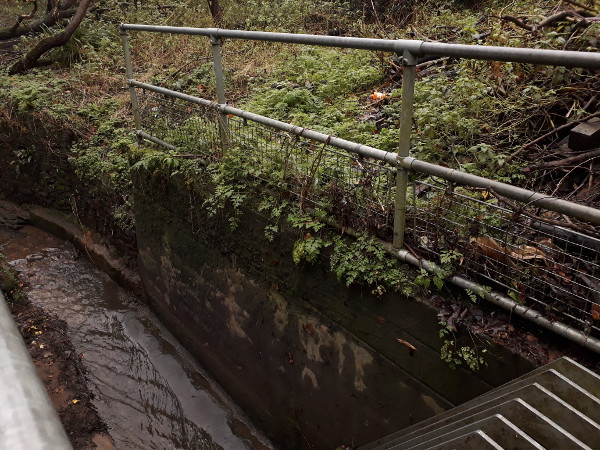
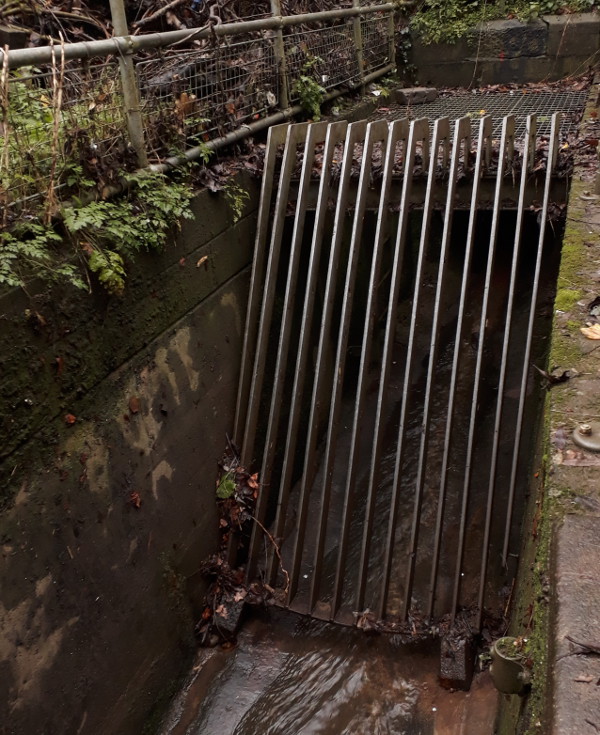
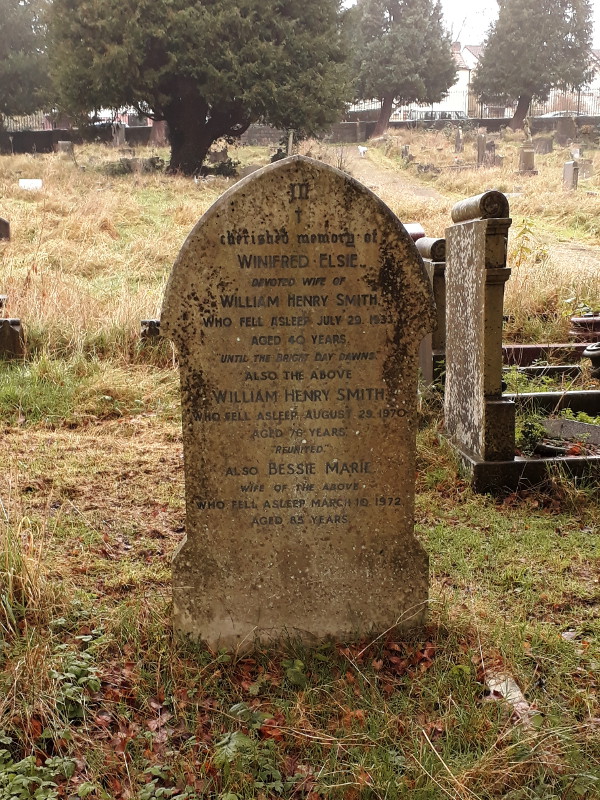
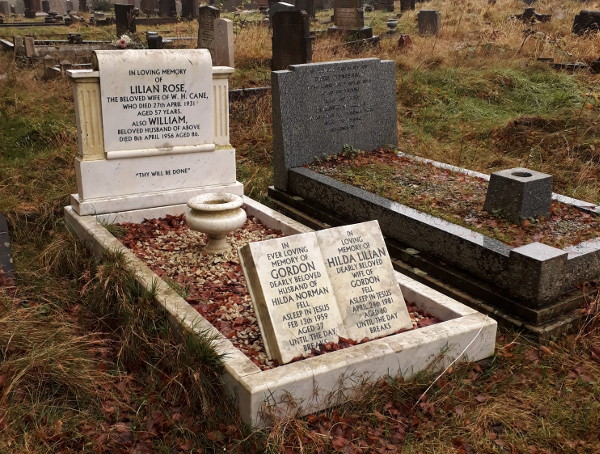
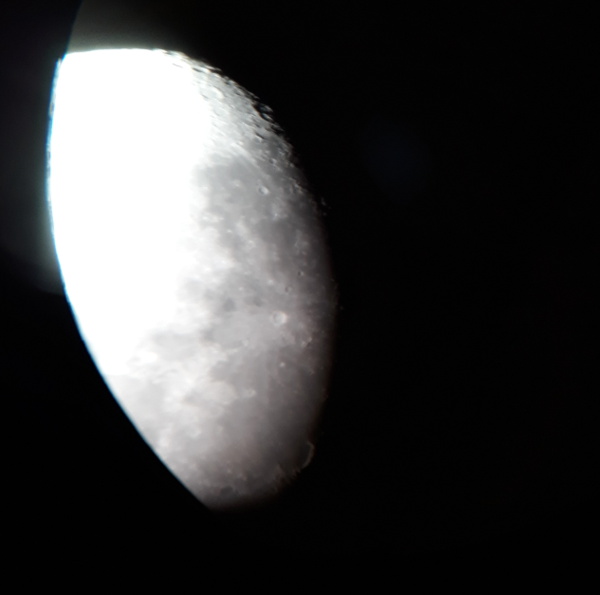

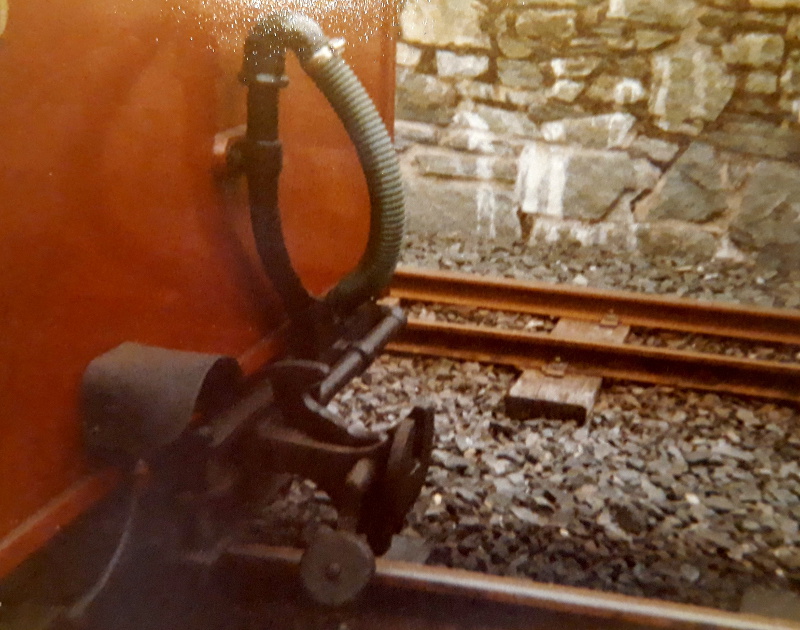
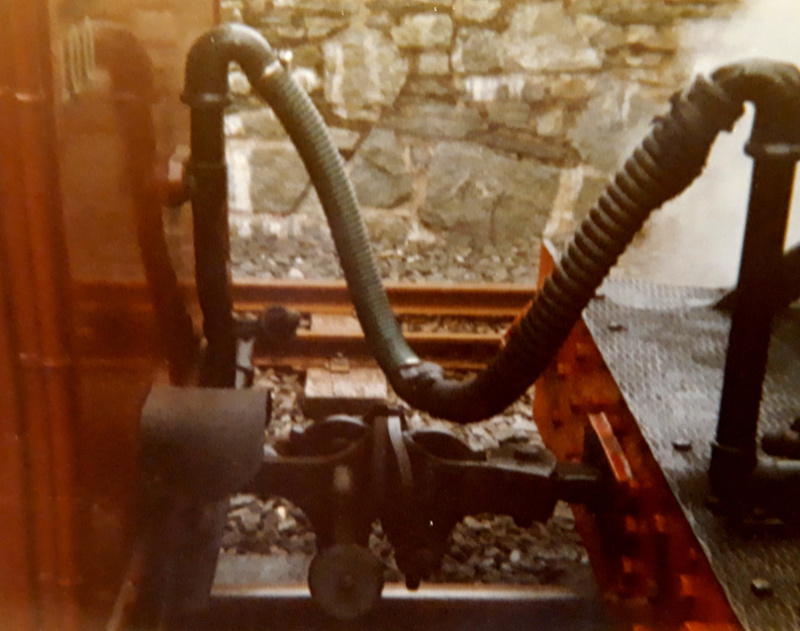
 Newer posts »
Newer posts »